 Technology
Technology  Technology
Technology  Humans
Humans 10 Everyday Human Behaviors That Are Actually Survival Instincts
 Animals
Animals 10 Animals That Humiliated and Harmed Historical Leaders
 History
History 10 Most Influential Protests in Modern History
 Creepy
Creepy 10 More Representations of Death from Myth, Legend, and Folktale
 Technology
Technology 10 Scientific Breakthroughs of 2025 That’ll Change Everything
 Our World
Our World 10 Ways Icelandic Culture Makes Other Countries Look Boring
 Misconceptions
Misconceptions 10 Common Misconceptions About the Victorian Era
 Mysteries
Mysteries 10 Strange Unexplained Mysteries of 2025
 Miscellaneous
Miscellaneous 10 of History’s Most Bell-Ringing Finishing Moves
 Technology
Technology Top 10 Everyday Tech Buzzwords That Hide a Darker Past
 Humans
Humans 10 Everyday Human Behaviors That Are Actually Survival Instincts
 Animals
Animals 10 Animals That Humiliated and Harmed Historical Leaders
Who's Behind Listverse?

Jamie Frater
Head Editor
Jamie founded Listverse due to an insatiable desire to share fascinating, obscure, and bizarre facts. He has been a guest speaker on numerous national radio and television stations and is a five time published author.
More About Us History
History 10 Most Influential Protests in Modern History
 Creepy
Creepy 10 More Representations of Death from Myth, Legend, and Folktale
 Technology
Technology 10 Scientific Breakthroughs of 2025 That’ll Change Everything
 Our World
Our World 10 Ways Icelandic Culture Makes Other Countries Look Boring
 Misconceptions
Misconceptions 10 Common Misconceptions About the Victorian Era
 Mysteries
Mysteries 10 Strange Unexplained Mysteries of 2025
 Miscellaneous
Miscellaneous 10 of History’s Most Bell-Ringing Finishing Moves
10 Things You Didn’t Know About Greek Mythology
The stories of Greek mythology have formed the basis for how we think of our ancient forefathers. We’ve heard the stories of Theseus and the Minotaur and how Pandora opened a box and cursed humanity with the evils of the world. We know Aphrodite as the goddess of love and we know Pegasus is the winged horse. That’s just scraping the surface of Greek mythology, and oftentimes, it’s a much darker and much more bizarre place that we’d ever think. Here’s a look at a few things you might not have realized about the Greek gods and goddesses we think we know so well.
10 Hades Wasn’t A Totally Bad Guy
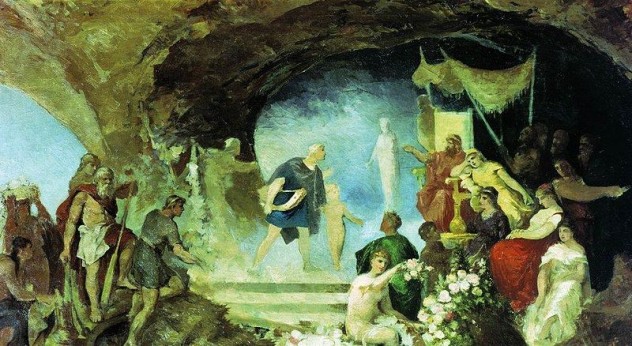
As the god of death and the underworld, Hades suffers a bit from a bad image. In pop culture, he’s often treated like the Greek version of the Christian devil, but that’s a bit of a stretch. To start, Hades never chose the underworld as his domain. He and his brothers, Zeus and Poseidon, drew straws to see who would be lord of what realm. Zeus drew the heavens and the upper world, Poseidon drew the seas, and Hades drew the underworld.
As underworld rulers go, he’s a pretty fair guy. When Orpheus descended into the underworld to retrieve his bride, Hades was so moved by the bard’s pleas that he agreed to let the woman go—on the condition that they leave and Orpheus not look back. (He did, of course, and lost her.) Similarly, he deals pretty fairly with Hercules when the hero approaches him needing to return to the upper world with Hades’s three-headed dog as part of his labors. It’s also important to note that it wasn’t Hades who was responsible for the condemnation or redemption of souls. Those who died were subject to the judgment of three demigods—Minos, Aiakos, and Rhadamanthys—not Hades.
9 Ares Regularly Bows To A Girl

Ares might be the god of war, but he’s also a coward—and his family hates him for it. Zeus and Hera tend to look on their son with little more than disdain, and his sister Athena shares his place as a deity overseeing war. While Ares personifies the aspects of havoc and bloodshed, Athena’s place is as a goddess of defense, strength, and righteous battle—and Ares bows to her.
Both feature in The Iliad, and more than once, Athena intervenes against Ares on behalf of a fair and righteous battle. Ares consistently backs down and even relies on Athena to protect him from the wrath of his parents. When Ares does have success on the battlefield, it’s at Athena’s side. When he challenges Athena, he loses—badly. Ares is portrayed as whining to his father when the goddess of wisdom and strategic warfare puts him back in his proper place, and his complaints are met with a less than fatherly sentiment.
8 The Virgin Goddess Is A Notorious Killer Of Women
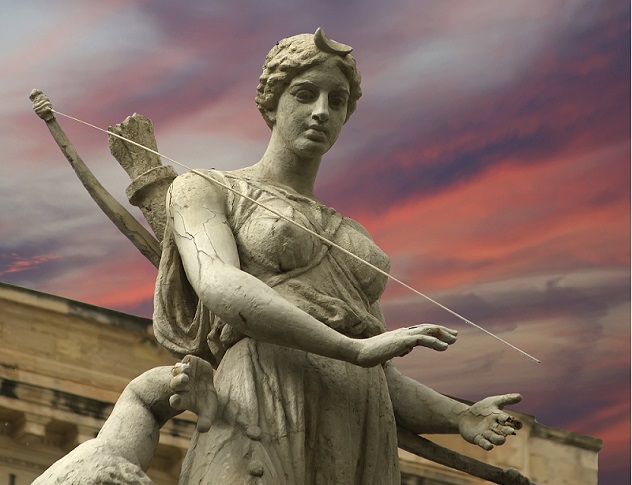
Artemis is the twin sister of Apollo and daughter of Zeus. When she is young, she appeals to her father to allow her to remain a virgin for eternity and he grants her that wish. She is the huntress, and at the same time, the protector of animals. As much as she is the virgin goddess and the picture of purity, she is also the goddess of childbirth and the destroyer of young women. Her stepmother, Hera, calls her a lion among women—and she lives up to the unofficial title.
Artemis murders the six daughters of Niobe, who boasted that she has more children than Artemis’s mother, Leto. She demands the sacrifice of Iphigenia in repayment for her father’s murder of a sacred stag (although in some versions, Artemis saves the maiden at the last moment). In Artemis’s real-life cult rituals, there were instances of extreme cruelty, from the ritual drawing of blood from a man’s throat to beatings and whippings.
7 Theseus Was A Jerk
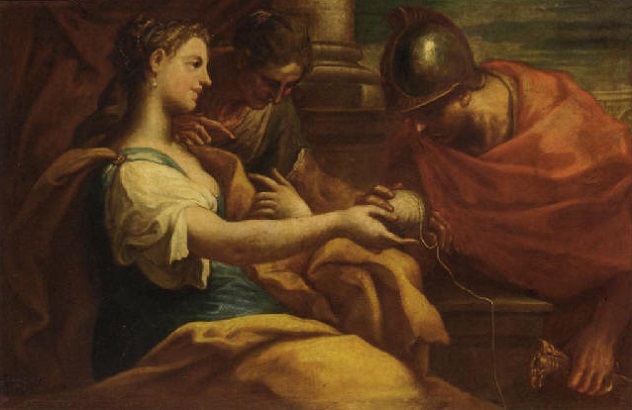
We’ve all heard the story about how Theseus bravely ventured into the Labyrinth on Krete and slew the Minotaur, saving the city’s people from the burden of sacrifice. What’s rarely told are the stories about what a jerk Theseus really was. The labyrinth that the Minotaur called home was a massive maze designed by Daidalos—no one had ever found their way out. The only reason Theseus did was that he had help from Ariadne, the daughter of King Minos. Ariadne had a magical ball of golden thread that allowed Theseus to find his way out again.
After the Minotaur was dead, Theseus left Krete with the princess who had saved his life—and then abandoned her on the island of Naxos when she fell asleep. According to some stories, Ariadne had a happy ending when she married the god Dionysus and was granted immortality—or she was killed by Artemis. Either way, Theseus is still a jerk, and had already had some children with a few other women.
And let’s not forget that Theseus forgot to hoist a red sail on his ship upon his return from Krete, a signal to his father that he was safe. His father, not seeing the signal, threw himself from the cliff in despairing suicide. Theseus is also given credit for founding Athens. According to Plutarch, Theseus decided that there was no better way to populate his young city than by raping the women, earning him the eternal hatred of his newfound kin.
6 Medusa Had Equally Ugly Sisters
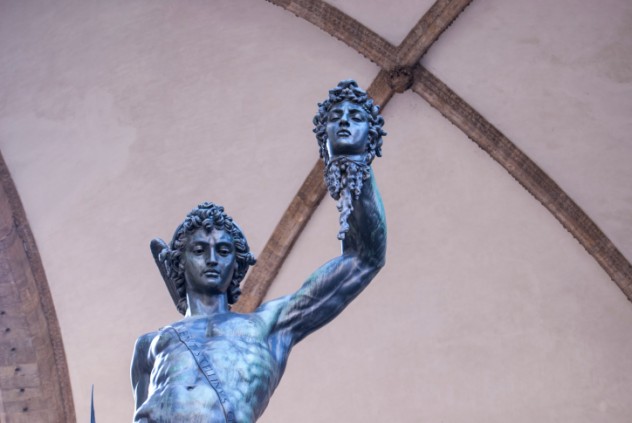
Just as popular as the story of Theseus and the Minotaur is the story of Perseus and Medusa. The hero Perseus is tasked with slaying the Medusa, a hideous woman with snakes for hair that would turn anyone who looked at her to stone. He does, of course, but what’s rarely mentioned is that Medusa wasn’t the only snake-haired woman.
Medusa is the only mortal of three sisters, and all of them were Gorgons. Her sisters, Stheno and Euryale, were immortal Gorgons with the same hideous appearance as Medusa. They were all the daughters of Phorcys, a sea god, and his sister, Ceto, and they served as guardians to the underworld. In addition to having snakes for hair, the Gorgons were also said to have powerful brass hands, scales, and beards. Today, we only remember Medusa’s name because she’s the only Gorgon that Homer speaks of in his works.
5 Most Monsters You Know Have The Same Mother

Her name is Echidna. Half-woman and half-serpent, Echidna is the daughter of Phorcys and Ceto, making her another sister of Medusa. (Other accounts say she was born of Tartarus, the underworld, and Gaia, the earth.) Tartarus and Gaia were the parents of Echidna’s husband, Typhon, a hundred-headed dragon. Together, Echidna and Typhon spawned a whole list of horrifying monsters that would challenge heroes and gods alike.
Hercules tangled with her children the Nemean lion; Cerberus, Hades’s three-headed dog; the many-headed hydra; and Ladon, the dragon that protected the Golden Apples of the Hesperides. She was also the mother to the Chimera, the Sphinx, Scylla the sea monster, the Colchian dragon, and the eagle that ate Prometheus’s liver every day in his eternal punishment for stealing fire from the gods.
4 Zeus, Bestiality, And Serial Rape
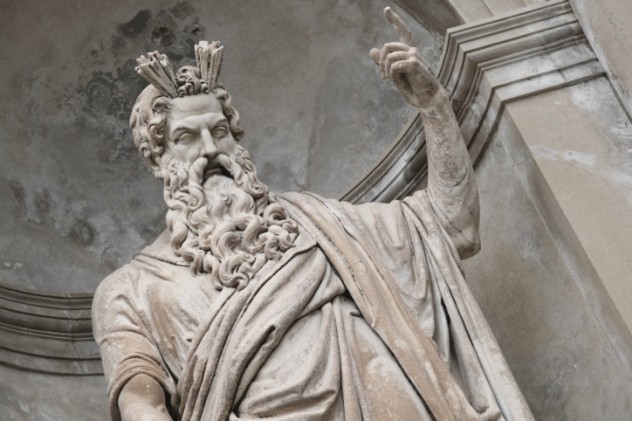
Zeus is known as the father of the gods, and by extension, he’s also the father of a lot of other people. His amorous intentions toward the mortal and immortal alike are well-known, but that doesn’t do justice to the details. His first wife, the Titan Metis, tried a variety of shape-changing acrobatics to get away from Zeus’s advances. It didn’t work—she became pregnant with Athena, and once Zeus heard the prophecy of how powerful his daughter would be, he swallowed them both.
It wasn’t uncommon for Zeus to take the form of an animal in order to fulfill his desires, opening up the question of just what kind of bestiality the ancient Greeks were telling stories about. He wooed both Demeter and her daughter Persephone (his brother’s wife) as a serpent, Asteria and Aiginia as an eagle, Boetis as a goat, Europa as a bull, Eurymedousa as an ant, Phthia as a dove, and Leda as a swan. Perhaps the oddest shape-changing seduction was the seduction of Danae, who was courted by a rain of gold that impregnated her with the hero Perseus. It wasn’t just animals and inanimate objects—Zeus also wasn’t above taking advantage of women while letting them think he was their husband, such as he did with Alkmene, Hercules’s mother.
3 The Olympians Weren’t The Original Immortals

When we think of Greek mythology, we tend to think of Zeus, Hera, Poseidon, and the other siblings as being the ultimate powers. But the Olympian gods weren’t the first—or even the second—group of immortals who had a hand in shaping the world.
First there was Chaos, from which came the Earth (Gaia) and love (Eros). Occasionally, Tartarus, the Underworld, is also created from Chaos. Gaia then gave birth to the Sky, the Sea, and the Mountains. She took the Sky, Uranus, for her husband and one of their many offspring was the Titan Cronus. Cronus, in turn, took his sister Rhea as his wife, and they bore the original Olympian immortals—Poseidon, Hera, Demeter, Hestia, Hades, and the youngest, Zeus. Cronus knew that they would eventually surpass him in power and swallowed them to keep that from happening. Together, Gaia and Rhea saved Zeus, who later returned to free his siblings.
2 Pandora’s Daughter And The Great Flood
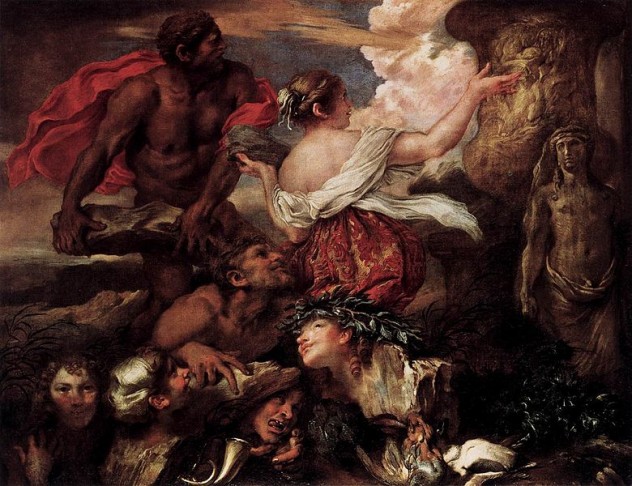
Pandora is most famous for opening the box that released all the evils into the world. What she’s less famous for is being the grandmother of the human race. Pandora was the wife of the Titan Epimetheus, the brother of Prometheus. Zeus, already annoyed with Prometheus’s gall in stealing fire from the gods, not only engineered Pandora’s creation but presented her with the notorious box as a wedding present. After opening the box, Pandora and Epimetheus had a mortal daughter together, named Pyrrha. Pyrrha married Deukalion, the son of Prometheus.
The gods continued to be disgusted with the corruption of their creatures, so they sent a massive flood to earth to destroy the mortals. Prometheus was able to warn his son and daughter-in-law, who took shelter on the high peaks of Mount Parnassos and survived. When the flood waters receded, the couple asked the Oracle at Delphi what to do. She replied that if they cast the bones of their mother to the ground, the world would be repopulated. As Gaia was their mother, they threw stones to the earth. Those that Deukalion threw became men, and those that Pyrrha threw became women.
1 The Military Aspect Of Aphrodite

Aphrodite is most commonly known as the goddess of love and beauty. While that’s definitely accurate, there’s also a military aspect to the worship of this goddess. In some areas of ancient Greece, the cults of Aphrodite and Ares are closely connected. The two had an adulterous love affair that resulted in four children—Eros, Phobos, Deimos, Anteros, and Harmonia. For this reason, it’s not too much of a stretch to see why she’s also associated with war.
Statues and depictions of an armored—and armed—Aphrodite have been found in port cities, supporting textual evidence that she was often appealed to by merchants, sailors, and other travelers for smooth seas. Aphrodite was also known as a guardian of naval officers and a protector of civil law. She was a common goddess for magistrates and other political figures to worship and perform sacrifices to, as it was thought she would bless them with harmony and a peaceful relationship with their subjects. In the writings of Aristotle, there is mention of a particular group of civil authorities called the gynaikonomoi, who worship Aphrodite. These civic officials were charged with the regulation of women’s appearance, dress, and actions in public and ensuring their proper treatment.








